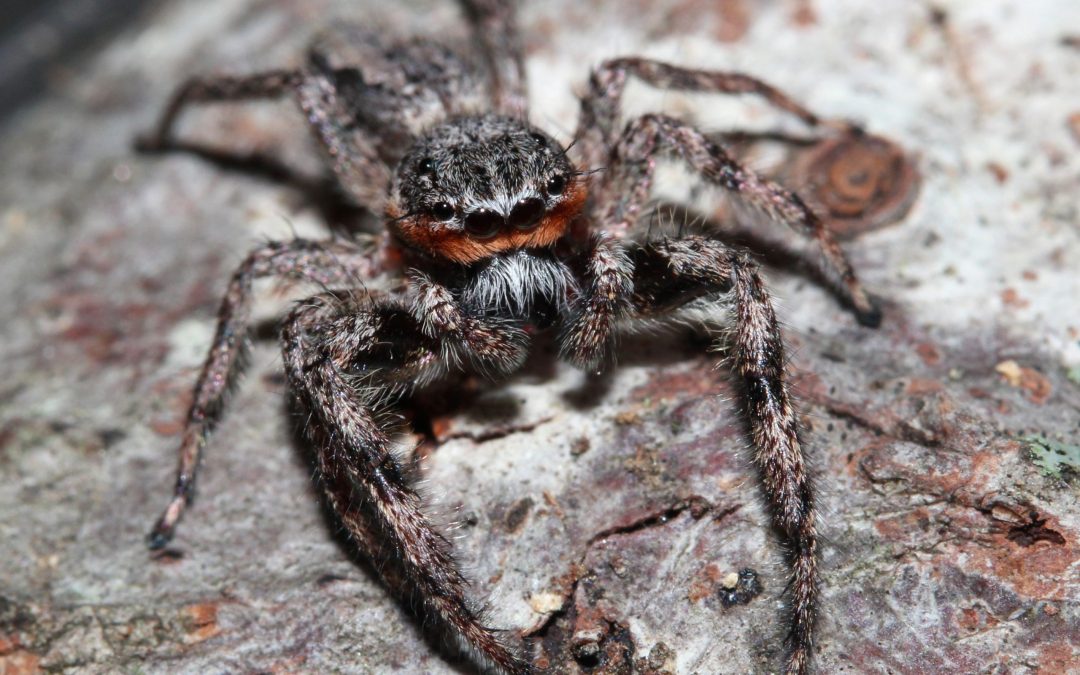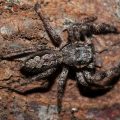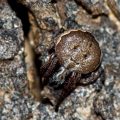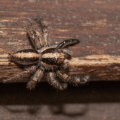Table of Contents
Many people are afraid of spiders. They have eight legs and a lot of eyes than humans know what to do with, which probably adds to the creepy factor. But spiders are nevertheless fascinating creatures! In this article, you’ll learn about surprising spider facts.
When it comes to surprising spider facts are classified as arachnids, and you have probably been around more spiders than you think. An undisturbed grass field can have up to 5.5 million spiders per 2.5 acres—and that’s just a rough estimate! They’re found all around the world except in the continent of Antarctica, where it’s too cold for these crawlers to survive.
Old Inhabitants
Spiders have been around for millions of years. Their existence even predates that of humans. In fact, spiders have been around since long before dinosaurs roamed the earth. They’re so ancient that they existed even before there were flowering plants. In this article, you’ll learn about surprising spider facts.
Here are some surprising spider facts about spiders that you probably didn’t know before.
Surprising Spider Facts #1: Spiders can send messages through their webs.
Well, they’re not messages like we know them to be. But spiders can indeed communicate using their webs in a specific way. Webs are created from the silk spiders produce from their bodies. Female spiders can release pheromones on their silk that broadcast to the males some information about them, such as the female’s location and whether or not she has been mated, which is a major consideration for courting. These pheromones can also reveal if the female is hungry; this is particularly pertinent in some spider species in which cannibalism is observed, which brings us to the next point.
Surprising Spider Facts #2: Some female spiders eat their partners during sex.
The most famous example, of course, is the black widow genus. The redback spider species under this genus, in particular, exhibits one of the most extreme forms of cannibalism in the act of copulation.
While they are mating, the female redback spider starts eating her mate’s abdomen, which he would have offered beforehand. They have to copulate twice for a successful insemination, so the male will have to stay alive to make it for the second copulation. To do this, he constricts his abdomen so that only its tip would be available for the female’s consumption, while the rest of his body sustains its functions. After the second copulation, the female gathers him up and starts eating him in earnest.
Run Spider Run!
Another example is the mating of nursery web spiders. In the act of courting, a male nursery web spider would have to present a silk-wrapped fly to his potential mate. Otherwise, he will surely be rejected. Should the female spider be particularly vicious, he would not have anything to defend himself with as she tries to eat him.
Unlike black widows, female nursery web spiders attack before mating and not after it. And if the male happened to be a rejected spider, he wouldn’t even have the satisfaction of having his body nourish a female carrying his offspring.
Copulation Attack
The male nursery web spider grips the silk-wrapped offering in his jaws, holding it between him and the female he is courting. When the female turns to attack, she would have to go through the gift first. The male would then take advantage of this situation, turning the attack into copulation.
Surprising Spider Facts #3: Spiders use silk to protect their eggs.
The silk spiders produce is more than just for webbing, it’s for protection too. Female spiders set their eggs down on a bed of silk, which would have been prepared just after copulation. The eggs produced would be wrapped in even more silk, creating egg sacs. Egg sacs vary in size and thickness. Cobweb spiders, for instance, make egg sacs that are thick and watertight, providing maximum protection. Some spiders, on the other hand, produce silk that mirrors the color and texture of where the eggs are deposited in order to camouflage them.
Surprising Spider Facts #4: Spiders liquefy their prey to eat them.
Spiders can’t digest solid food, they when they capture their prey, they must turn it into liquid form. To do this, spiders release a digestive enzyme onto their meal’s body. This enzyme will then effectively break down the prey’s cells and tissues, creating liquefied remans that the spider will then suck into its stomach. The meal will be circulated to the spider’s mid gut, where the nutrients will then be absorbed.
Surprising Spider Facts #5: Spiders sometimes use decoys.
Spiders are pretty intelligent. They sometimes make decoys of themselves to scare off predators or other spiders, similar to how humans use scarecrows in corn fields. They do this by spinning silk into shapes that resembles their own.
Sometimes, the spider decoys are made in their same size, though some craftier spiders make decoys larger than themselves to appear essentially more dangerous. Spiders that are craftier still even go the extra mile by shaking the web to make the decoy “move.”






 Author and long-time animal lover. Sharing knowledge on pet care through experience and the written word.
Author and long-time animal lover. Sharing knowledge on pet care through experience and the written word.